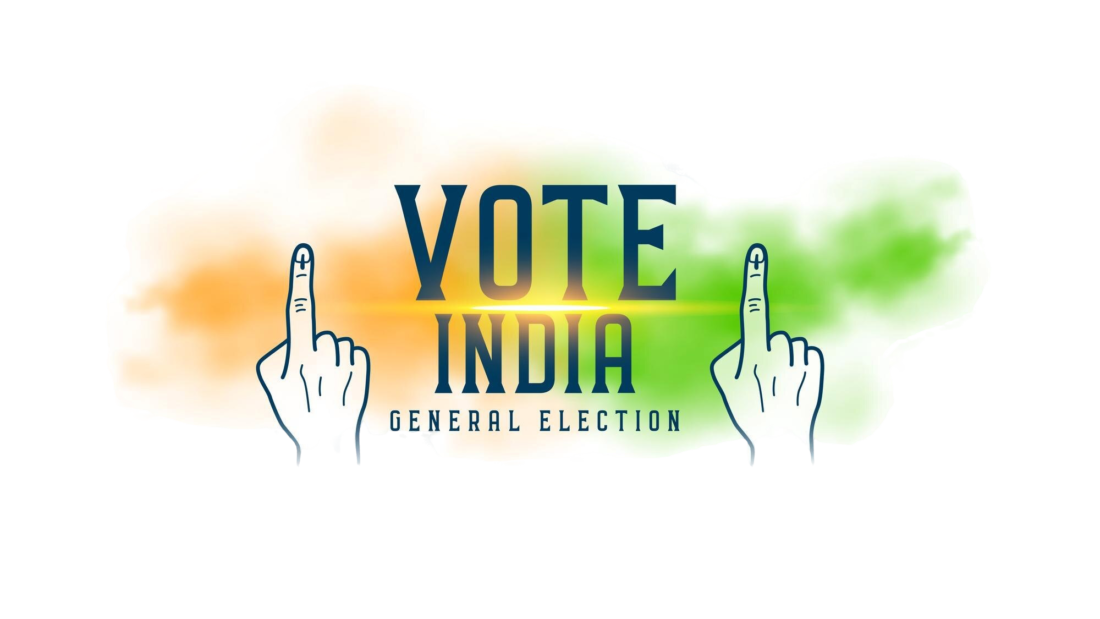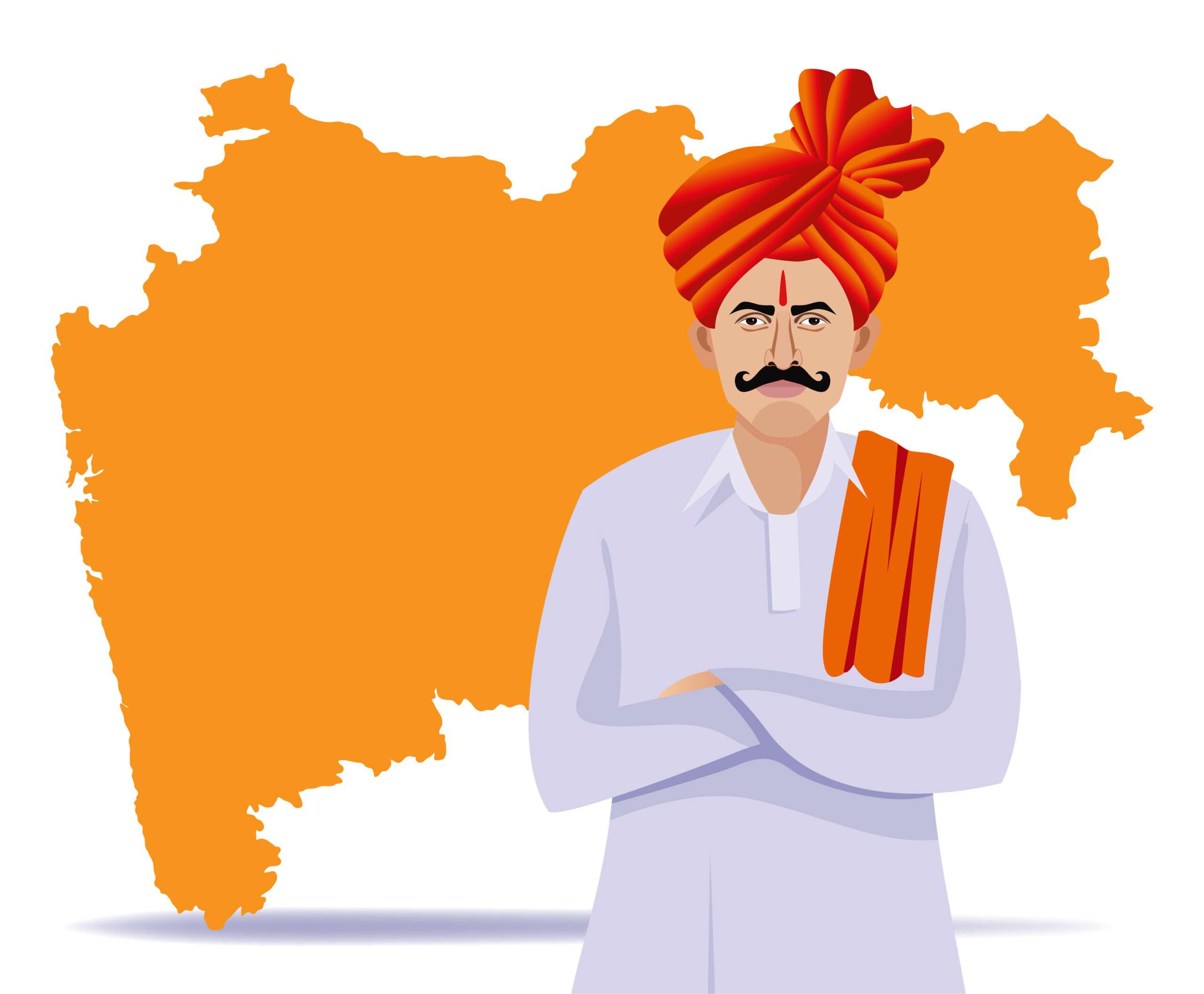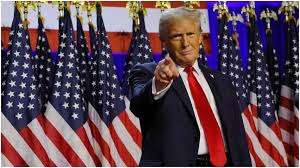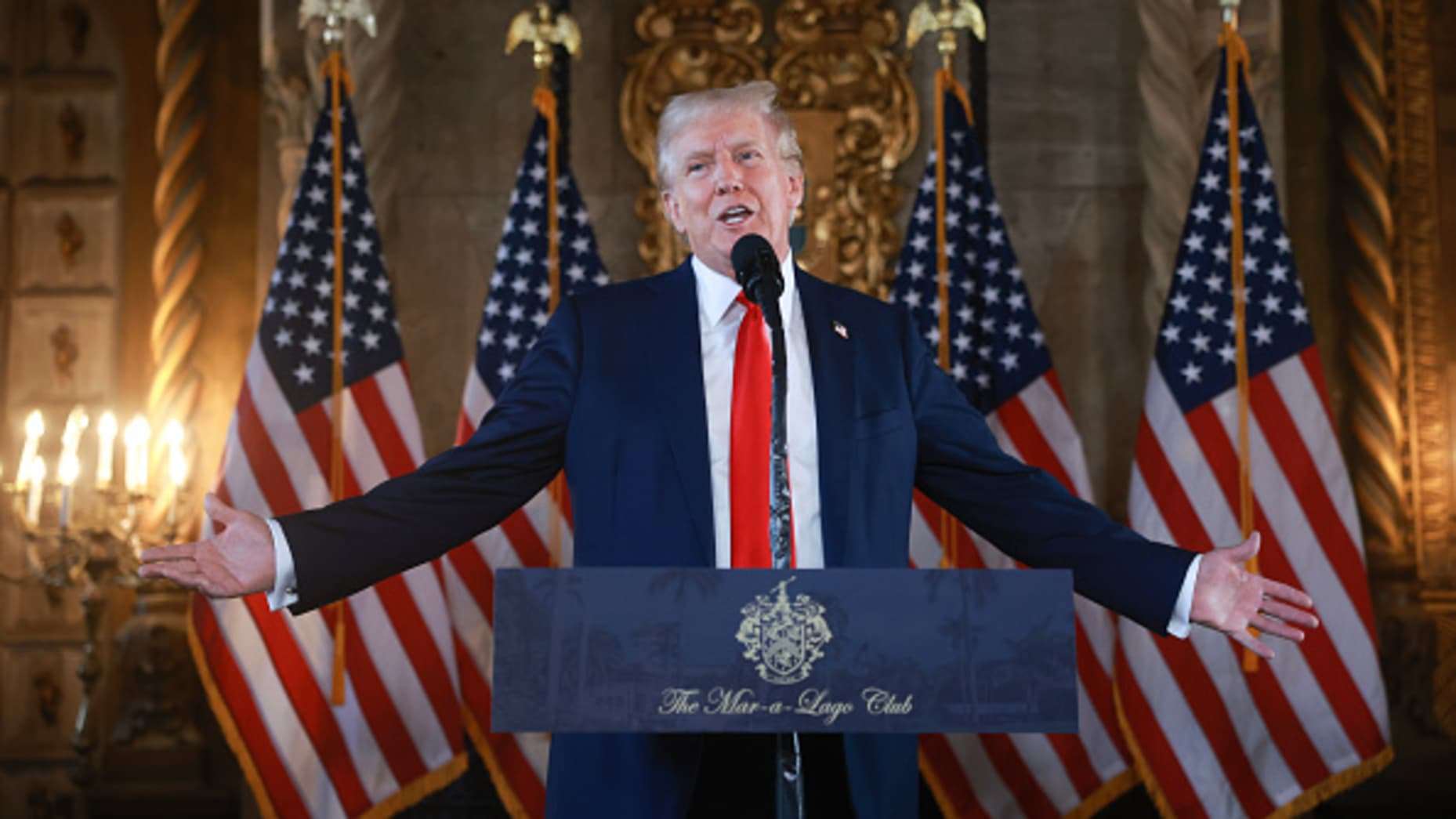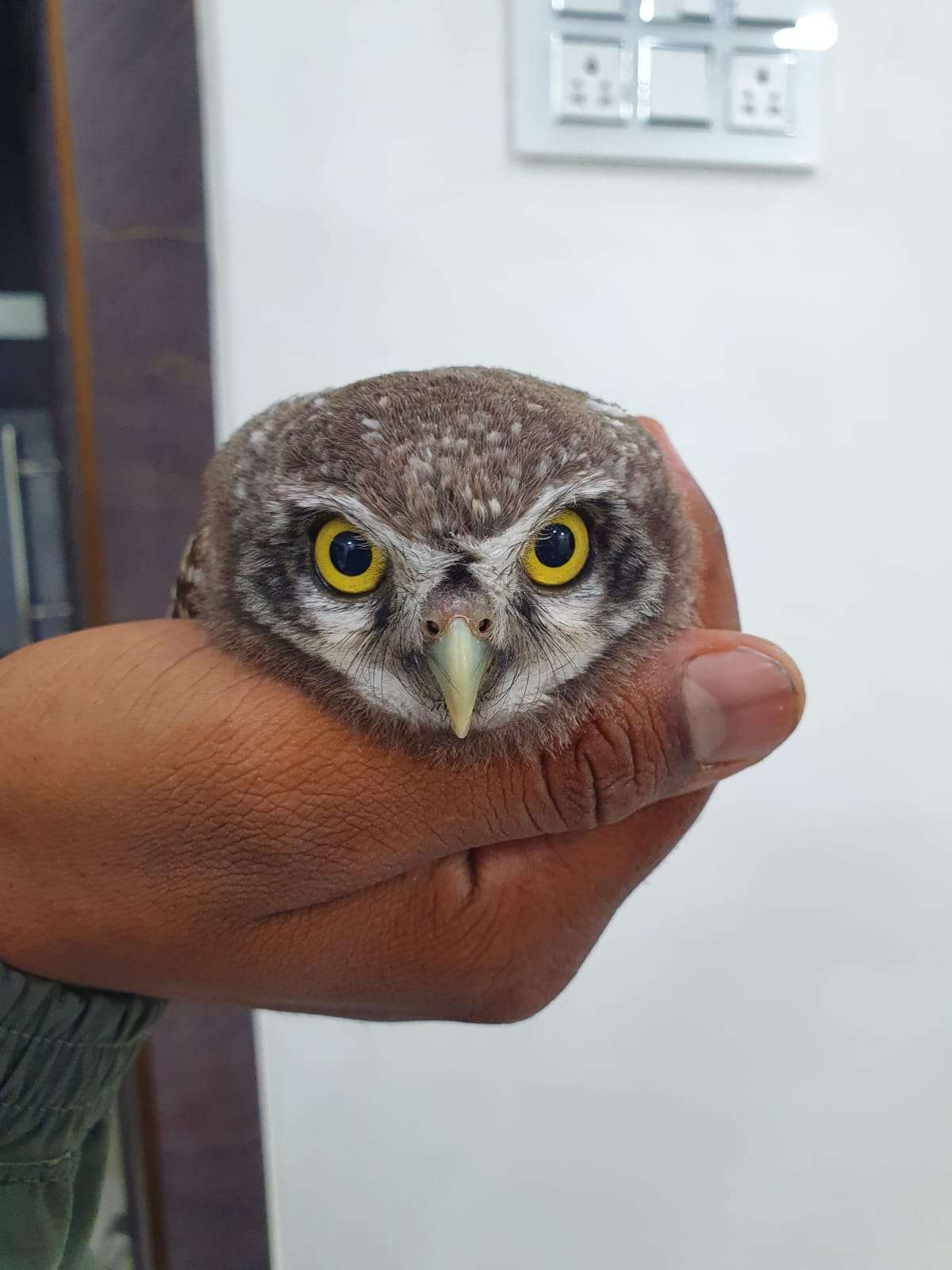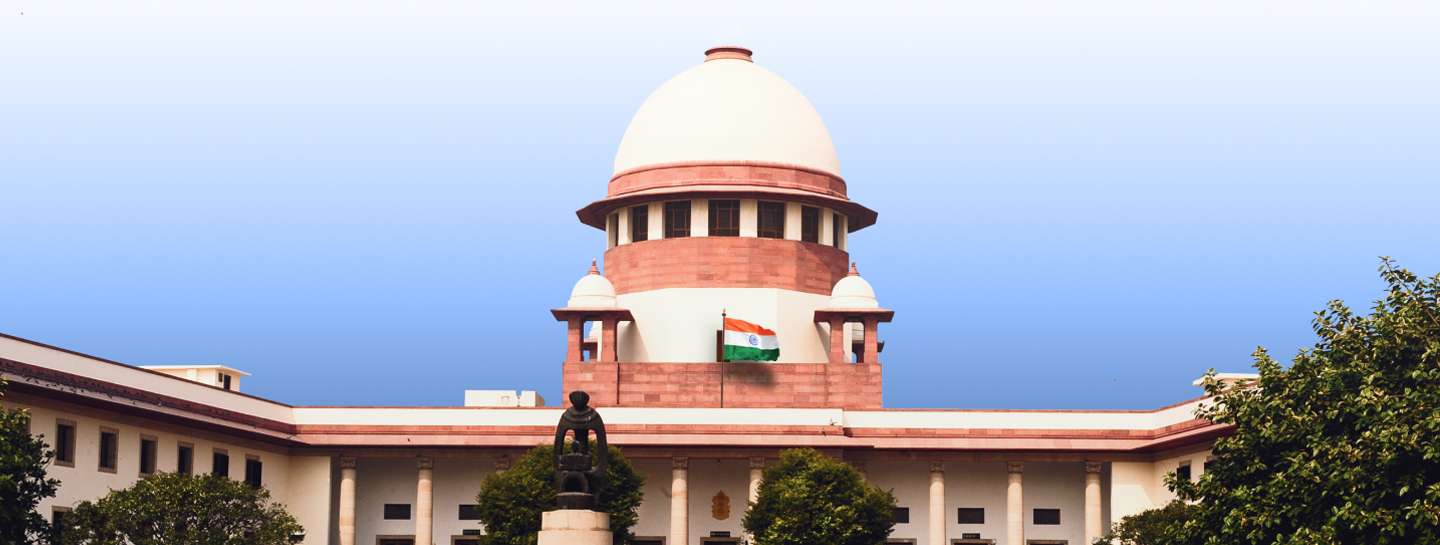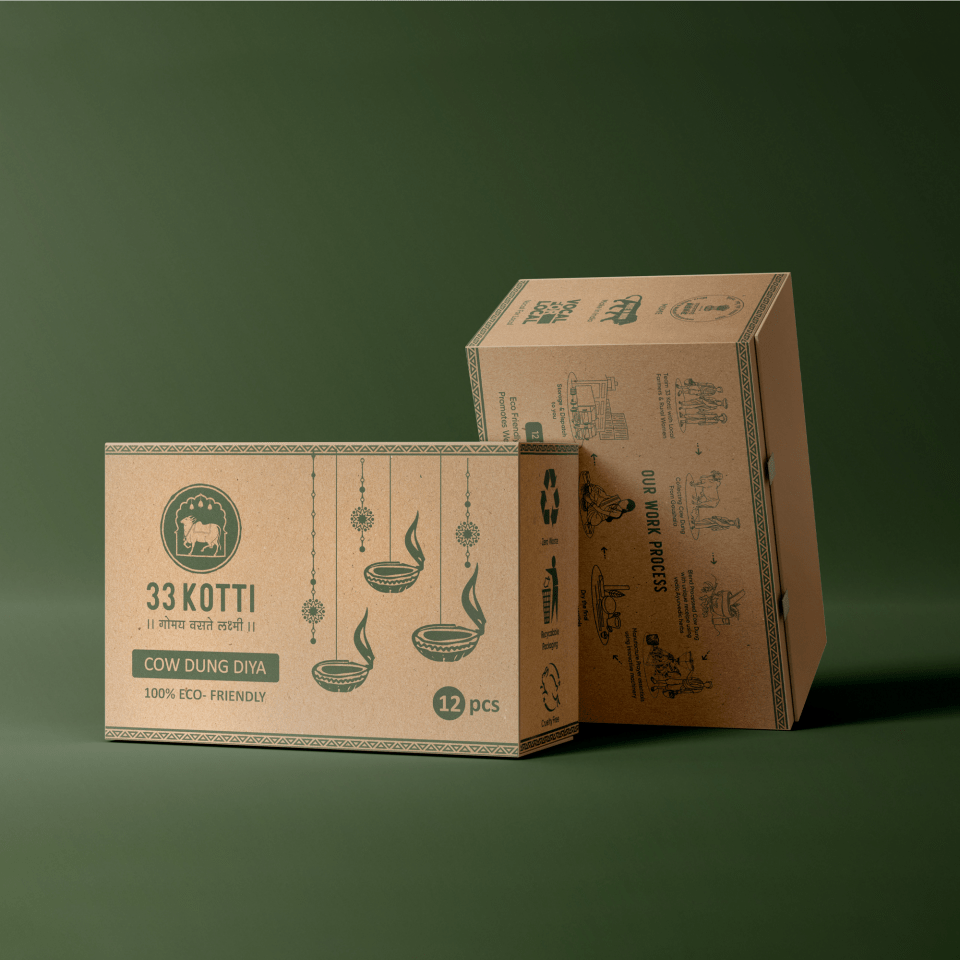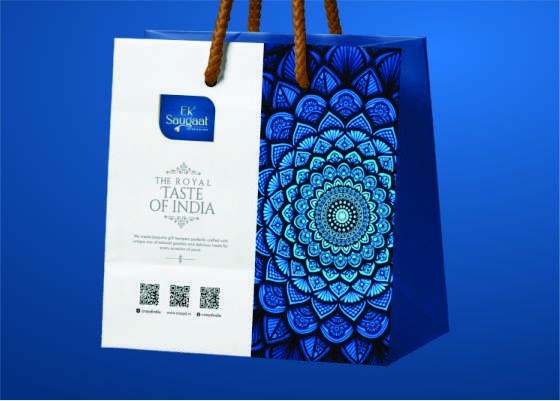As we step into 2025, the design industry stands on the brink of a transformative revolution. Emerging technologies, shifting consumer preferences, and a growing emphasis on sustainability are reshaping how designers approach their craft. Here’s a look at the key trends and changes set to define the design landscape in the new year.

1. AI-Driven Creativity
Artificial Intelligence is no longer just a tool for automation; it’s a co-creator in the design process. In 2025, AI will help designers conceptualize faster, generate innovative ideas, and even predict consumer preferences. Tools like generative design and AI-assisted prototyping will blur the lines between human creativity and machine intelligence, leading to more efficient workflows and groundbreaking designs.

2. Immersive Experiences with AR/VR
The rise of immersive technologies like augmented reality (AR) and virtual reality (VR) is set to revolutionize user experiences. From virtual showrooms to AR-enhanced branding, designers will explore new dimensions of storytelling. Industries such as retail, architecture, and gaming will witness significant transformations, with AR and VR becoming integral to their design strategies.

3. Sustainability at the Core
Sustainability is no longer optional; it’s a mandate. The design industry in 2025 will prioritize eco-friendly materials, circular design principles, and minimalistic aesthetics that reduce waste. Designers will collaborate with scientists and engineers to innovate sustainable solutions, making ethical design practices a defining feature of the industry.

4. Personalization Through Data
Big data analytics will continue to play a vital role in personalizing design. In 2025, designers will leverage data insights to create hyper-targeted campaigns, user-specific interfaces, and personalized products. This trend ensures that every design decision resonates deeply with the intended audience, enhancing engagement and loyalty.

5. Remote and Collaborative Workflows
The post-pandemic shift towards remote work is here to stay. In 2025, collaborative tools like Figma, Miro, and real-time cloud platforms will become even more sophisticated, enabling global teams to create seamlessly. Virtual design sprints and cross-border collaborations will redefine teamwork in the design industry.

6. Biophilic Design and Wellness Focus
With increasing awareness about mental health and wellness, biophilic design—integrating nature into the built environment—will gain momentum. Designers will craft spaces and products that promote well-being, using organic forms, natural materials, and soothing color palettes to connect users with nature.

FAQ: Frequently Asked Questions
1. How will AI impact the design industry in 2025?
AI will assist designers in generating ideas, automating repetitive tasks, and predicting consumer preferences. It will act as a creative partner, enabling faster and more innovative design processes.

2. What role will sustainability play in the design industry in 2025?
Sustainability will take center stage, with designers prioritizing eco-friendly materials, circular design practices, and reducing waste. Ethical and sustainable design will become a standard expectation.

3. How will immersive technologies like AR/VR change design?
AR and VR will allow designers to create immersive experiences, from virtual showrooms to enhanced branding campaigns. These technologies will redefine user engagement, particularly in retail, architecture, and gaming.

4. Is remote collaboration still a trend for 2025?
Yes, remote and collaborative workflows will continue to grow, supported by advanced tools like Figma and cloud-based platforms. Teams will work seamlessly across borders, redefining the way designers collaborate.

5. What is biophilic design, and why is it gaining importance?
Biophilic design integrates natural elements into spaces to enhance well-being. In 2025, this approach will grow as a response to increasing awareness about mental health and the need to connect with nature.

Conclusion
2025 promises to be a landmark year for the design industry. With technological advancements, sustainable practices, and a focus on personalization and wellness, the industry will not only evolve but also redefine how we experience the world. Designers who embrace these trends will shape a future that is innovative, responsible, and profoundly impactful.
As we welcome the new year, the question is not just how the design industry will change, but how you, as a designer or consumer, will adapt to and influence this transformation.




